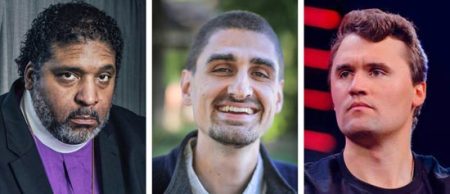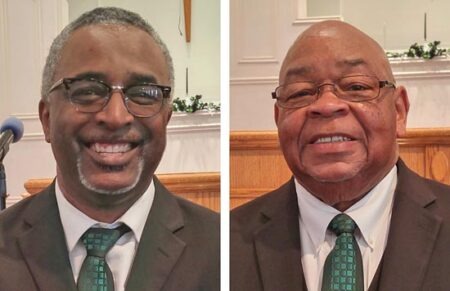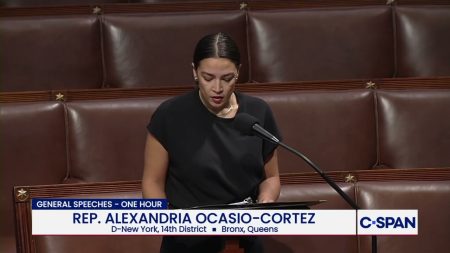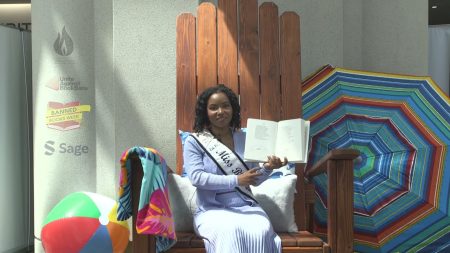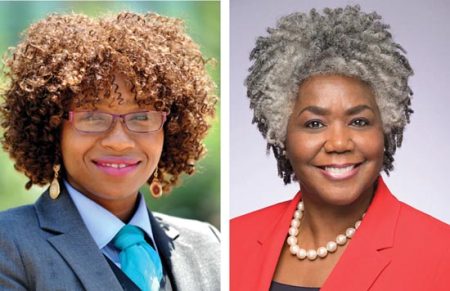St. Lawrence Basilica: Latinos are Integral Part of the Church
 |
| Antonio Garcia and Linda Furr. Photo by Cathy Holt |
by Cathy Holt
How successful have Asheville’s churches been in reaching out to, and integrating, Hispanics into their congregations?
The results have been mixed. The majority of Hispanics in Asheville are Catholic, and several churches in the Asheville area parish are active in their outreach. The Basilica of St. Lawrence downtown, West Asheville’s St. Joan of Arc and Swannanoa’s St. Margaret Mary have weekly masses in Spanish; St. Eugene in North Asheville will be re-starting a Mass in Spanish again, probably this year.
West
Asheville’s River of Life Full Gospel Outreach Church used to offer
Spanish language services in the morning, but they were not well
attended, according to Pastor Albert Diaz. The church also tried,
without great success, a Wednesday Bible study in Spanish. Now, hoping
to be ready to receive Spanish-speaking congregants in the future, the
church is offering Spanish classes to ushers and church staff, and
forty have signed up.
Merrimon Avenue
Baptist Church began a very successful Hispanic ministry several years
ago; the Hispanic group has since split off and formed its own church.
Crossroads Assembly of God has a Latino pastor, Raimundo Gonzales, but
he was so busy that he did not have time to tell us about the church’s
ministry.
Father Morris
Boyd and Antonio Garcia, both of St. Lawrence, were glad to speak of
the Basilica’s programs. Fittingly, the architecture and style of this
beautiful downtown church was designed by the world renowned
Spanish-born Rafael Guastavino.
According to
Father Boyd, “Ten years ago, we recognized that there were many
Catholic brothers and sisters in the Latino community that we needed to
minister to. The parish reached out and became a Hispanic center,
before there was actually any effort on the part of the Diocese to
provide a ministry. It was the first parish that began. There was a
Mass at St. Eugene in Spanish, years ago, but that was only once a
month; there was also a Mass at St. Joan of Arc, in West Asheville, but
that was not every week. Father Wilbur Thomas has been here six years,
supporting the Hispanic ministry. He’s been celebrating Mass in Spanish
since the beginning.”
Antonio Garcia
coordinates the Hispanic ministry not just in Asheville, but in parish
churches in Hendersonville, Brevard, Tryon, and Burnsville. Activities
for Spanish speakers are wide-ranging, including annually two retreats
each for men, women, and young adults, four marriage-preparation
retreats, and three “Quinceñeras” (15th birthday) preparations for
girls and their parents.
Two
Spanish-language Catechism workshops are also held yearly, as is
sacramental preparation for children preparing for their first
communion. There is a Spanish-language prayer group as well as Bible
 study, and four choirs sing in Spanish, in addition to the
study, and four choirs sing in Spanish, in addition to the
English-language choir (each choir gets one Sunday a month to sing).
Every Sunday about 200 people attend the Spanish Mass; other Latinos
come to other Masses in English, too.
“We have
baptisms and preparation for baptism in Spanish; we celebrate
presentation of children at 40 days and three years,” says Father Boyd.
“I’m on call 24/7 at the hospital, especially for Latino patients; I’m
bilingual and I do a lot of translating. At [the] Emergency [room] they
call me. We offer confessions and counseling and weddings in Spanish,
house blessings.” He says with a smile, “I’ll bless everything I can!”
According to
parish secretary Linda Furr, who is bilingual, “A lot of people feel
the warmth and compassion of Fr. Boyd. He is really in demand. People
call and request him, from hospice, or when getting ready to go into
surgery. He is always available, lets us call him after hours, and he
responds almost all the time. People from all cultures seek him out.
His voice mail is always full.”
Specifically
Hispanic cultural features at St. Lawrence include Quinciñeras; house
blessings (otherwise rare in the U.S.); stations of the cross outside
for Lent, known as “living stations of the cross.” (These processions
can be as much as three miles long in Latin America.)
The church also
offers the Tribulum in Spanish to celebrate Holy Friday, Good Saturday,
and Easter Sunday; for Advent, it offers the Posadas, when Joseph and
Mary went looking for shelter nine days before Christmas. For the
Basilica’s novena, preparing for the feast of Our Lady of Guadalupe,
the statue of Our Lady of Guadalupe is carried to many homes. Los
communidades de baso, “base communities,” are gatherings of people to
discuss how to connect their living to the Bible – sometimes known as
Small Christian Communities.
How much do the
two congregations mingle? Fr. Boyd says, “There’s only one parish;
members of the Latino community are part of the pastoral council. There
are sixteen members, of whom three are Latino. The Council advises the
pastor, sets the spiritual goals, and oversees the ministries.”
He added, “The
Spanish Mass is held at 5:00 p.m. on Sunday. There are bilingual
misalettes (worship aid which has all the readings in it), and the
hymnal is bilingual also. Some English speakers come to the Spanish
mass, it’s the ‘last chance for Mass’ if they missed it earlier. Some
people who speak not a word of Spanish come to the Spanish Mass, and
they say, ‘I feel something different here.’ It’s so full of joy. Part
of it is the music, the Latino choirs, also when Antonio’s brother, who
is a musician, sings and plays his guitar – it’s very special.
There is
crossover at both masses. Some Latino families come to the earlier
Mass, because their children all speak English, or they want to improve
their English speaking. It’s like an English class every week, they can
pick up words in English. It’s also helping the English speakers learn
Spanish. 7:30 a.m. Mass attracts folks going to work, many like to come
early. There is also Mass at 12:10, when many Latinos come although
it’s in English; they come on their lunch hour.”
According to Fr.
Boyd, “The Bishops are committed to the right of people to celebrate
the sacrament in their own language. It’s not only that some don’t
speak English. One Puerto Rican woman, who is perfectly bilingual, says
‘Mass in English is so flat.’ She can talk to God better in Spanish.
It’s also a cultural thing.”
St. Lawrence
holds many bilingual celebrations: confirmation and first communion are
mixed, Latinos and Anglos. Twenty or thirty kids come to first
communion. Bishop Peter Joseph Jugis, who is bilingual, attends
confirmation. Jokes Fr. Boyd, “He’s ‘Pedro José’ for those events!
There are many opportunities for people to mix. It’s very important for
all of our community to realize that they have a lot to share and
receive from each other. We set up an altar to Our Lady of Guadalupe;
and the non-Hispanics see how beautiful it is, and they want to learn
the story, to learn those traditions.”
Ms. Furr works
with both English- and Spanish-speaking parishioners. She’s often the
first person people meet if they call the church looking for a priest.
Linda sets up baptisms, weddings, home blessings, and does a great deal
of translating. Her mother’s parents were from Mexico and Spain; her
father had some Cherokee heritage. Though her mother did not speak to
the children in Spanish, she learned the language by being around her
grandparents. Although her brothers and sisters made fun of her when
she spoke Spanish words, she persisted.
“There’s a
cultural understanding far beyond the language,” she said. “There is so
much poverty, that’s important to understand. Many come from very poor
areas. They come from homes that were built of cardboard, in their
country. When you see that, and then see their huge smiles and
willingness, it’s very special. There is a need for compassion. They
still have a struggle here.”
She adds, “Many
are illegal, they are searching for work and fearing deportation. From
the beginning, I let them know it’s all confidential here. It’s
important to gain their trust. Many work so hard so they can send $30
or $40 back home. I just don’t understand how they manage. They have a
lot of richness in their lives, even though they have so little. They
have faith, and heart, perseverance and determination; they’re very
hardworking, humble, and honest. To be a part of that heritage is
wonderful for me.”

